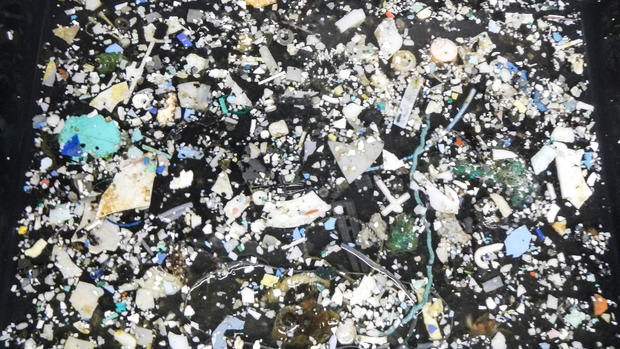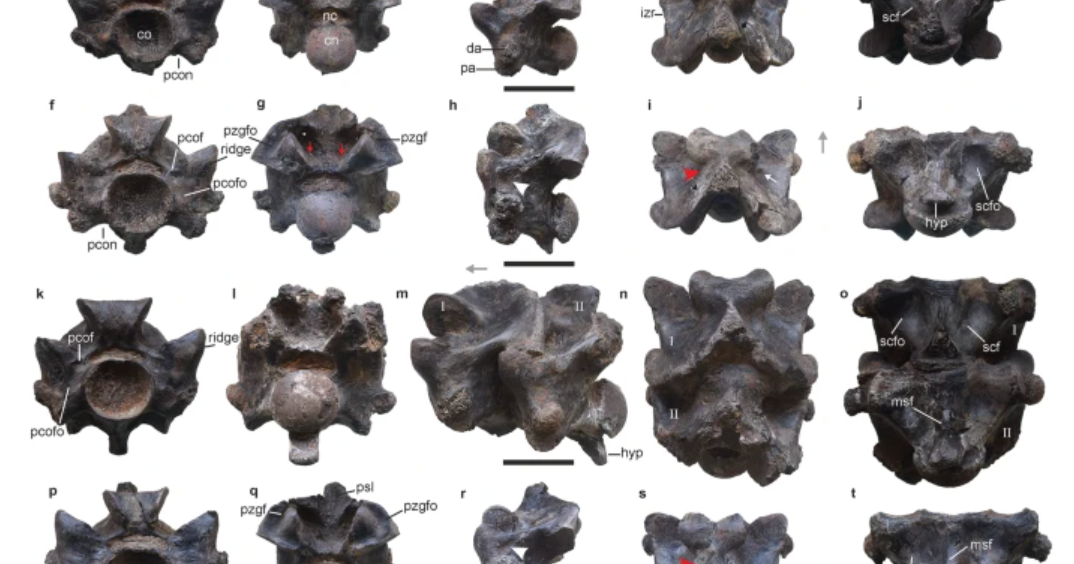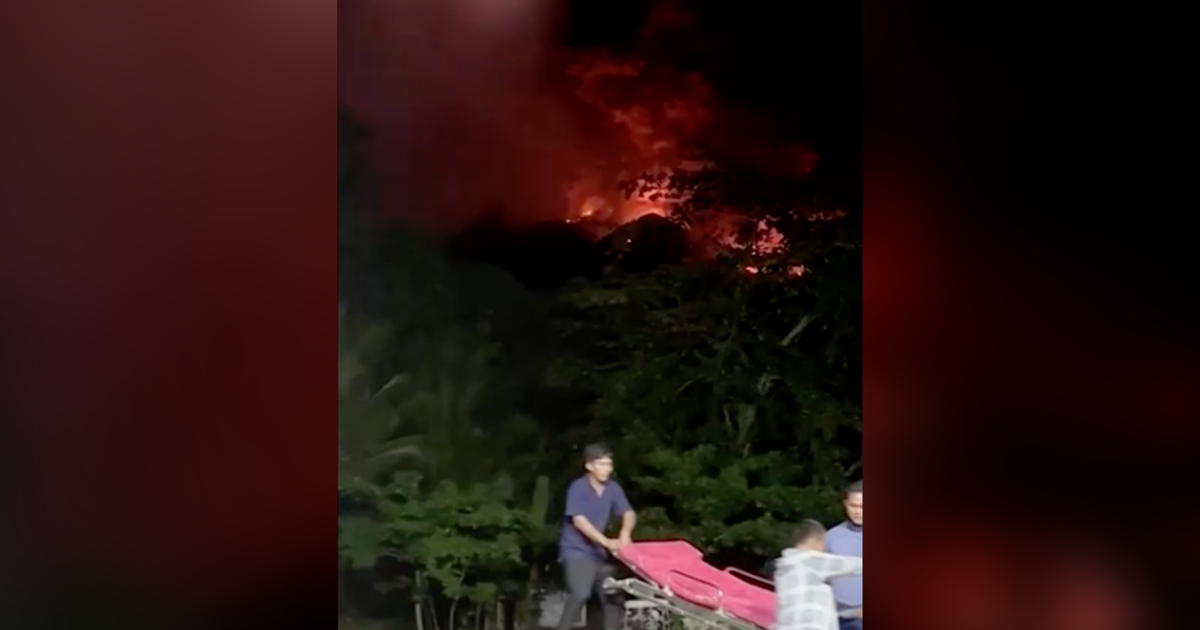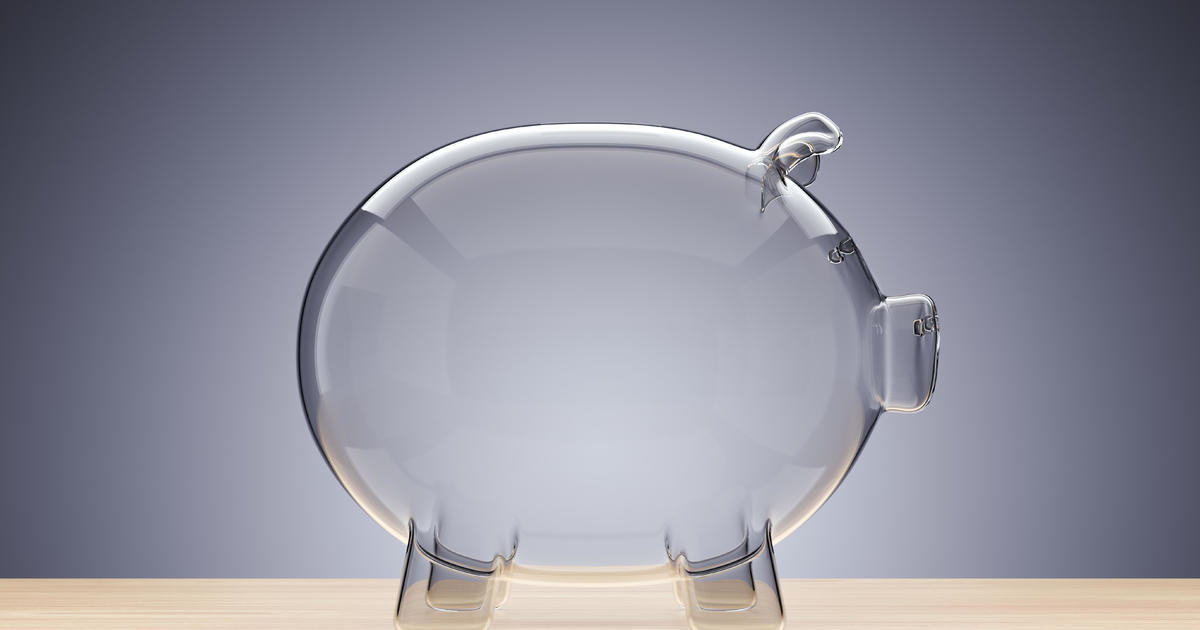"Great Pacific Garbage Patch" is growing rapidly, study reveals
NEW YORK -- A sprawling mass of garbage located in waters between California and Hawaii -- and known as the "Great Pacific Garbage Patch," or GPGP -- is rapidly collecting more plastic, according to research published Thursday in Scientific Reports. Researchers estimate that at least 79,000 tons of ocean plastic are floating in an area spanning 1.6 million square kilometers, or about 618,000 square miles -- "four to sixteen times higher than previously reported," the study says.
"Our results suggest that ocean plastic pollution within the GPGP is increasing exponentially and at a faster rate than in surrounding waters," the authors write.
To understand the scope of the patch, a team of scientists affiliated with The Ocean Cleanup Foundation, half a dozen universities and an aerial sensor company conducted a mapping initiative over three years. They found that microplastics -- pieces smaller than 5 mm -- accounted for a whopping 94 percent of the estimated 1.8 trillion pieces of plastic in the area, but only 8 percent of the whole mass.
"We were surprised by the amount of large plastic objects we encountered," Julia Reisser, chief scientist of the expeditions, said in a news release from the The Ocean Cleanup. "We used to think most of the debris consists of small fragments, but this new analysis shines a new light on the scope of the debris."
Laurent Lebreton, lead author of the study and an oceanographer, said "it was depressing to see," The Guardian reported.
"There were things you just wondered how they made it into the ocean," Lebreton said.




